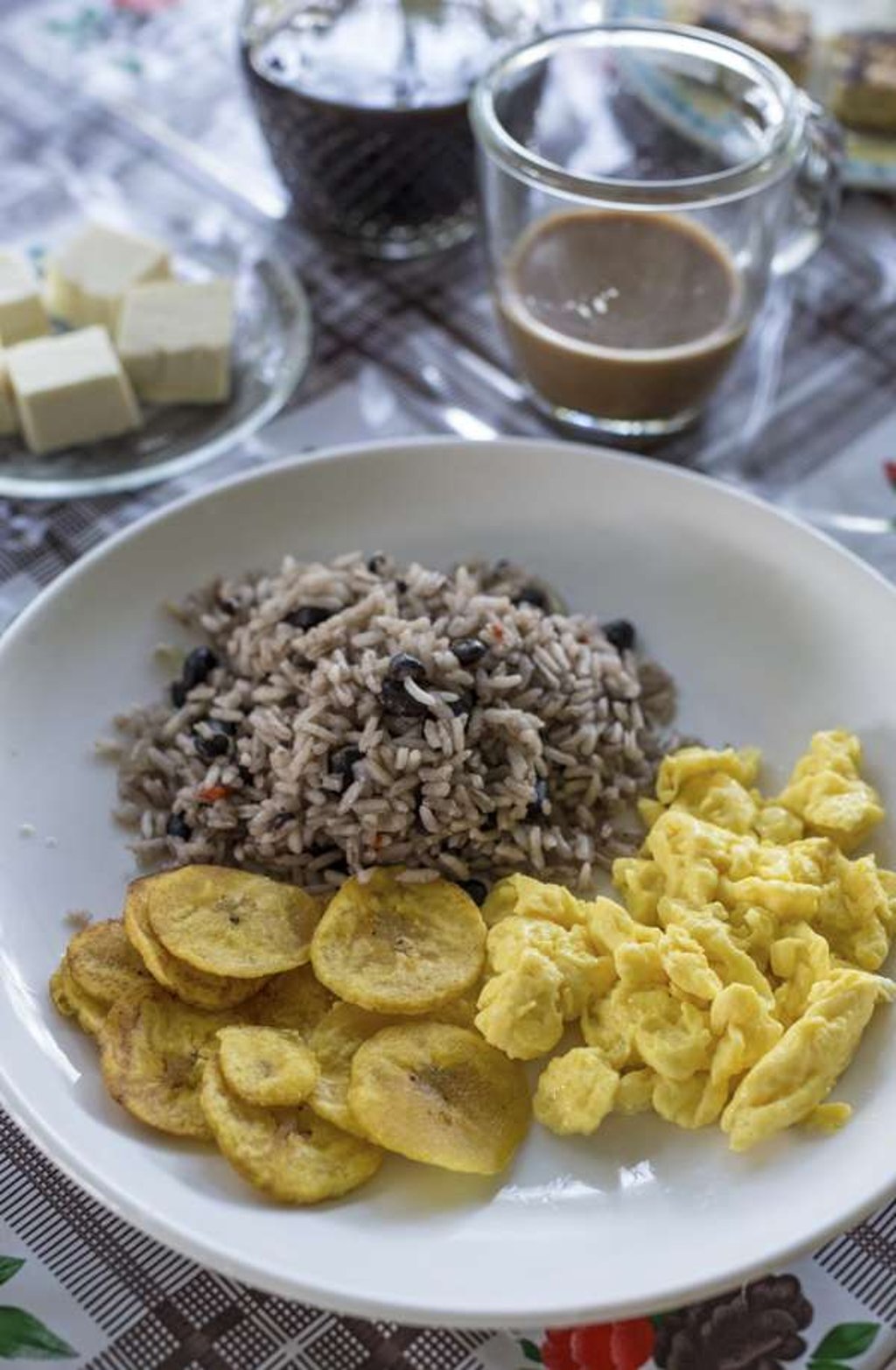How to hike Costa Rica’s pristine Osa Peninsula
An initiative to involve locals in the Central American country in the tourism business is enriching the visitor experience and contributing to the economic well-being in an area of biodiverse rainforest

In leather stetson and rubber boots, Fredi Rosales Mendes sets off towards the nearest expanse of jungle on his russet mare. With the rising sun warming the treetops, a dawn chorus of squawks, croaks, hoots and the resonating booms of male howler monkeys is already in full voice. Here on Costa Rica’s Osa Peninsula, human endeavour invariably unfolds in a vibrant natural theatre.
Around the Casa el Descanso, the modest farmstead where Mendes lives with his wife, Yansi, an ethereal mist hovers above the grassland. Perched at the top of a lone kapok tree, a chestnut-mandibled toucan utters its haunting cries with a characteristic toss of the head while, down below, a pair of coatimundis forage for fallen fruit, their tails dancing above the vegetation like two-tone feather dusters.
For families and farm hands, a working day in rural Costa Rica typically begins in the cool of dawn. In the kitchen of her single-storey wooden home, Yansi prepares a breakfast of gallo pinto (rice and beans), corn sweetbread, strong coffee and creamy milk, straight from the cow.

Situated on the Pacific coast, close to Costa Rica’s border with Panama, the Osa Peninsula should be on every nature lover’s bucket list. Touted as the most biologically intense place on Earth, it crams an astounding 2.5 per cent of the planet’s biodiversity into an area roughly twice the size of Hong Kong. More than three-quarters of it is protected, mostly by the Corcovado National Park, home to scarlet macaws, jaguars, tapirs and an astonishing array of other fauna and flora.
While this expanse of pristine rainforest is a financial godsend for Costa Rica, the communities living around Corcovado have yet to feel the benefits. Nearly 50,000 people entered the park in 2015, but most of the money they spent ended up in the pockets of tour operators and hotels and restaurants owned by outsiders.
